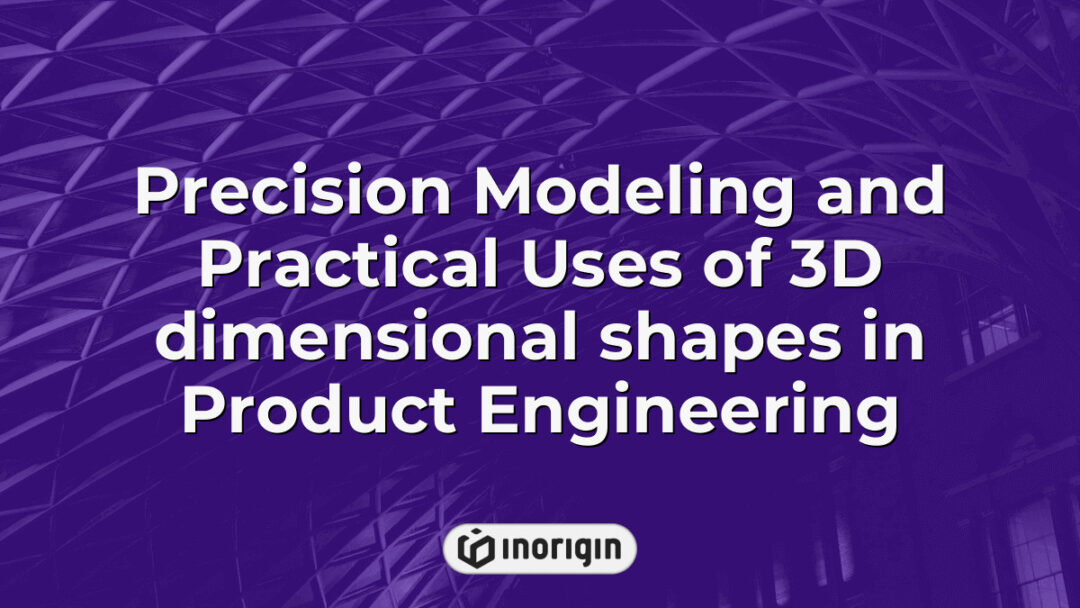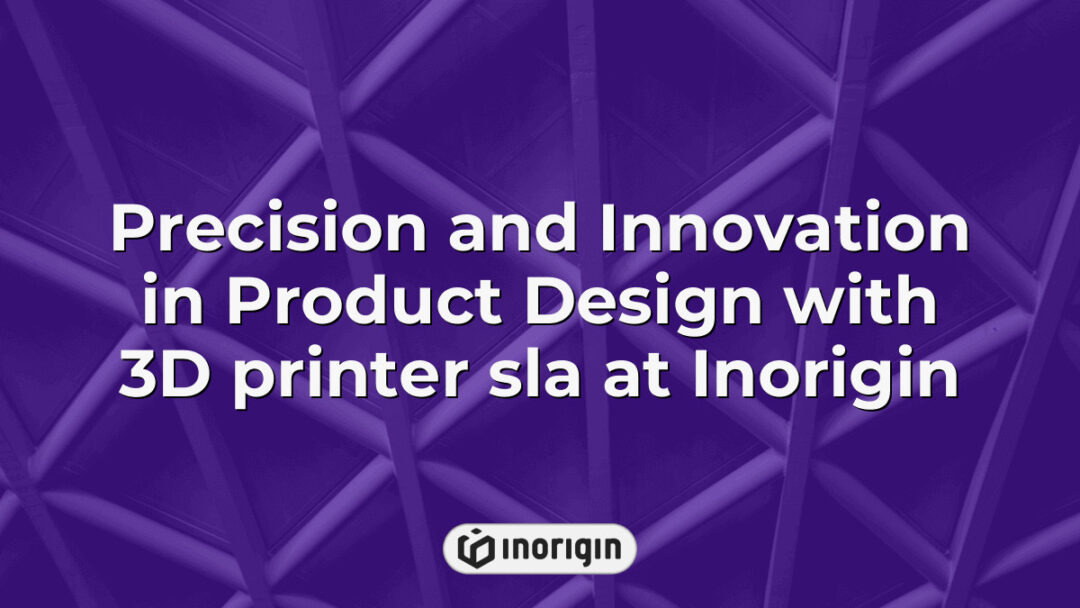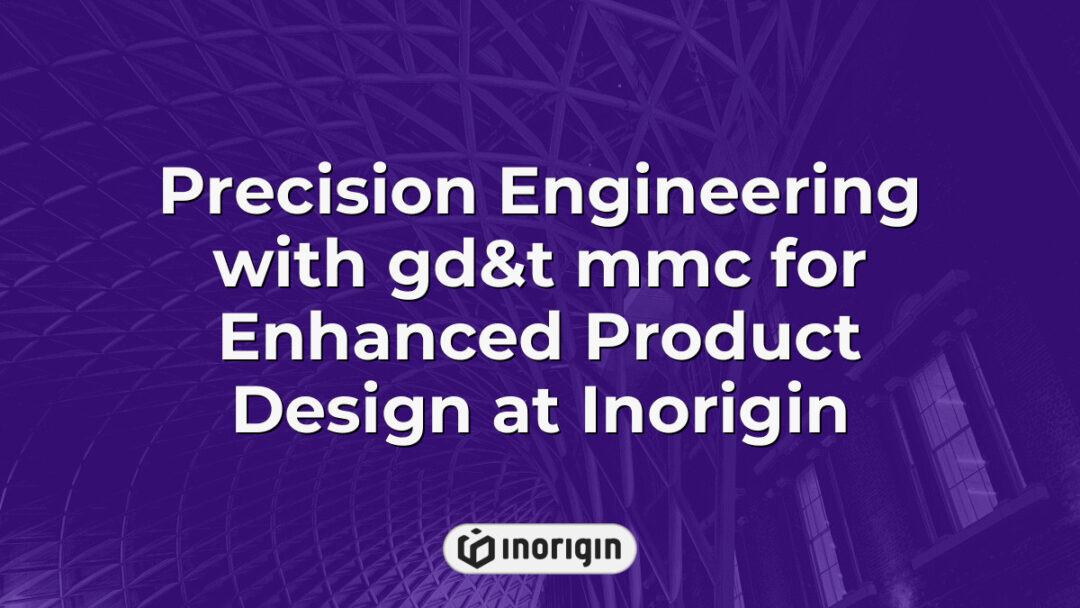Are you tired of the same old product development process yielding lackluster results? Enter design thinking, the revolutionary approach that will completely transform the way products are created. With its innovative and out-of-the-box mentality, design thinking has the power to take your product development to new heights, generating mind-blowing solutions that will leave your competition in awe. Say goodbye to mundane and predictable products, and get ready to embrace a whole new world of creativity and ingenuity with design thinking at the helm.
| Αποψη | Key Takeaway |
|---|---|
| Εστίαση Επισκόπηση λέξεων-κλειδιών | How can design thinking enhance product development? By placing user needs at the center, design thinking drives innovation and customer-focused solutions throughout the product lifecycle. |
| Principles of Design Thinking | Design thinking emphasizes empathy, collaboration, and iteration to create adaptable products that reflect real user behaviors and preferences. |
| Implementation Process | Effective implementation involves deep user research, unrestricted brainstorming, rapid prototyping, and iterative testing to refine product ideas continuously. |
| Impact on Innovation | This methodology fosters a creative culture where diverse perspectives lead to breakthrough solutions and faster product-to-market cycles. |
| User-Centered Outcomes | By continuously involving end-users, design thinking ensures products are intuitive, valuable, and tailored to customer needs, improving satisfaction and adoption. |
| Organizational Benefits | Adopting design thinking shifts team mindsets toward flexibility, open collaboration, and holistic problem-solving, enhancing overall product development effectiveness. |
| Role of Advanced Engineering | Integrating design thinking with technical expertise in prototyping, simulation, and 3D printing at studios like Inorigin bridges concept to production with precision and creativity. |
Understanding The Principles Of Design Thinking And Its Role In Product Development
To understand the principles of design thinking and its role in product development, it is essential to recognize that design thinking focuses on understanding the needs and desires of users. By empathizing with users, designers can gain valuable insights into their behaviors and preferences, which can then inform the development of innovative products. Additionally, design thinking emphasizes collaboration and iteration, allowing for continuous improvement based on feedback and testing. This approach fosters a more user-centered and adaptable product development process.
As we delve deeper into implementing design thinking in the product development process, it becomes evident that this methodology encourages creativity and outside-the-box thinking. It allows teams to explore multiple solutions to a problem before settling on a final design. The iterative nature of design thinking also enables rapid prototyping and testing, leading to quicker iterations and improvements. With these benefits in mind, it’s clear that understanding the principles of design thinking plays a crucial role in enhancing product development processes.
Implementing Design Thinking In The Product Development Process
When implementing design thinking in the product development process, it is important to first understand the problem at hand and empathize with the needs of the target audience. By utilizing techniques such as user research and observation, teams can gain valuable insights that will inform the rest of the development process. Once a deep understanding of the problem has been established, it is crucial to ideate and brainstorm potential solutions without limitations. This phase encourages creativity and diverse perspectives, leading to innovative ideas that may not have surfaced through traditional methods. After generating a range of possible solutions, prototyping and testing come into play, allowing for quick iterations and refinements based on real-world feedback. This iterative approach ensures that the final product meets the actual needs of users, rather than assumptions or hypotheses.
As we delve into evaluating the impact of design thinking on product development outcomes, it becomes evident that this methodology fosters a human-centered approach to innovation. By continuously involving end-users throughout each stage of development, products are more likely to resonate with their intended audience and provide genuine value. Additionally, embracing an open-minded and collaborative mindset allows for greater flexibility and adaptability when faced with unforeseen challenges or changes in market dynamics. Ultimately, integrating design thinking into product development processes facilitates a more holistic and effective approach towards creating meaningful solutions for real-world problems.
Evaluating The Impact Of Design Thinking On Product Development Outcomes
They say that necessity is the mother of invention, and in today’s fast-paced market, product development has become more crucial than ever. Implementing design thinking in the product development process can lead to a myriad of benefits, but it’s essential to evaluate its impact on specific outcomes. By considering factors such as user experience, innovation, and problem-solving, we can assess how design thinking enhances product development.
When incorporating design thinking into the product development process, one immediate impact is an increased focus on meeting user needs. This customer-centric approach allows for better understanding of consumer preferences and pain points, ultimately leading to more tailored and successful products. Additionally, design thinking fosters a culture of creativity and innovation within teams, encouraging out-of-the-box solutions to complex problems. Furthermore, by emphasizing rapid prototyping and iteration based on feedback, design thinking enables quicker time-to-market with improved products.
Ultimately, evaluating the impact of design thinking on product development outcomes requires looking not just at final products or sales numbers, but also at the overall process and mindset shift within organizations. It involves analyzing qualitative data such as user satisfaction and team collaboration alongside quantitative metrics like revenue growth and market share. By taking a holistic view of these various aspects, businesses can gain a deeper understanding of how design thinking truly influences their product development efforts – from ideation to implementation.
In essence, embracing design thinking in product development goes beyond simply improving outputs; it transforms the entire way teams approach challenges and think creatively about solutions. As companies continue to invest in this methodology and measure its effects over time, they will undoubtedly see significant enhancements in their ability to create meaningful and impactful products for their customers.
Σύναψη
In conclusion, the principles of design thinking can greatly enhance product development by fostering a deep understanding of user needs and promoting creativity in problem-solving. By implementing this approach, companies can create products that truly resonate with their customers, ultimately leading to greater success in the market. So let’s embrace design thinking and watch our products soar!
Σχετικές αναρτήσεις:
- How Can Design Thinking Impact Your Product Development Process by Enhancing Innovation and User-Centered Solutions at Inorigin
- Design Thinking Impact Product Engineering Driving Innovation and Efficiency at Inorigin
- How Can Design Thinking Impact Product Innovation Through Empathy and Collaboration at Inorigin
- Why is Design Thinking Essential for Successful Product Development? A Strategic Approach to User-Centered Innovation
- How Can Design Thinking Improve Product Development Process with Innovative Collaboration and User-Centered Solutions
- Why Should You Consider Design Thinking in Your Product Development Process? The Strategic Advantage for User-Centered Innovation at Inorigin




